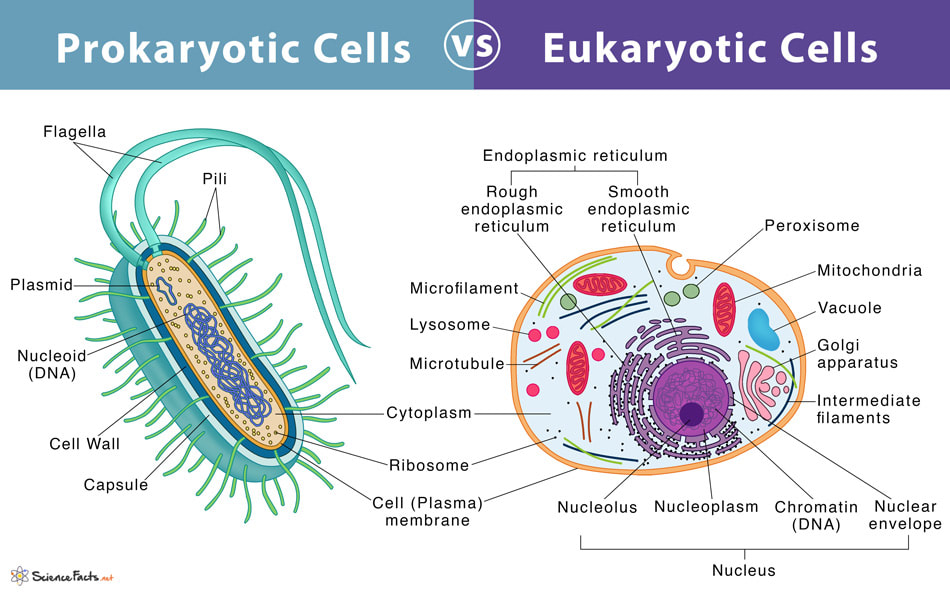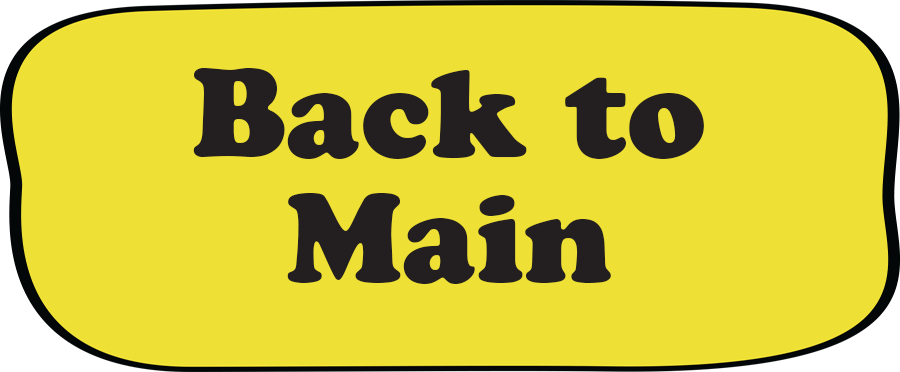Blocks of Life
When we look closely into live tissue, we see that it is made by tiny little chambers, where a whole lot of activity takes place.
There is a huge amount of hustle and bustle, dragging and moving, collecting and disposing of trash -- it's like a small little factory, working together to ensure that the bigger organism survives as long as possible.
These tiny chambers are called cells.
They can be Prokaryotic (a cell that does not have a membrane separating the nucleus from the rest of the cell) and Eukaryotic (with a defined nucleus and very complex organelles).
There is a huge amount of hustle and bustle, dragging and moving, collecting and disposing of trash -- it's like a small little factory, working together to ensure that the bigger organism survives as long as possible.
These tiny chambers are called cells.
They can be Prokaryotic (a cell that does not have a membrane separating the nucleus from the rest of the cell) and Eukaryotic (with a defined nucleus and very complex organelles).
Prokaryotes are older cells; they are way simpler, and have been around for a very long time, much longer than the Eukaryotic cells.
Examples of Prokaryotes are bacteria and blue-green algae.
Examples of Prokaryotes are bacteria and blue-green algae.
The origin of Eukaryotic cells is quite interesting, and it all comes down to small prokaryotic cells eating each other up.
It turns out that, more than a billion years ago, one large prokaryotic cell engulfed another. This tiny cell which was eaten was very good at producing something the bigger cell needed. The larger cell noticed that it could gain energy from this tiny cell, and decided to keep it as a pet.
Watch the video below to find out how this happened!
It turns out that, more than a billion years ago, one large prokaryotic cell engulfed another. This tiny cell which was eaten was very good at producing something the bigger cell needed. The larger cell noticed that it could gain energy from this tiny cell, and decided to keep it as a pet.
Watch the video below to find out how this happened!
Depending on what the original little bacteria ate -- a mitochondria or a chloroplast -- they evolved in different ways which are now reflected in the differences between animal cells and plant cells.
Project 1
Even small cells could understand how to live together and how to protect those who can work symbiotically with them. The Creator's plan for equilibrium has been at work since the very beginning. Unfortunately, many humans who hold the power have decided to ignore their origins and their Spirit.
Instead of working together with all the things that bring them life and energy, they destroy them.
How can we make others understand how important it is to protect every part of this world, and how everything in it is connected?
Please write a short paragraph about this and place it inside your binder, under "The Nature of Things".
Instead of working together with all the things that bring them life and energy, they destroy them.
How can we make others understand how important it is to protect every part of this world, and how everything in it is connected?
Please write a short paragraph about this and place it inside your binder, under "The Nature of Things".
Project 2
Now, for your final assignment:
Using Scratch, build a game that somehow depicts the differences between an animal cell and a plant cell.
This can be done any way you like! Have fun with it!
Please refer to the Coding Games book for unique ideas on how to tackle this project.
When you are done, please follow these steps:
Tip: Have fun creating more games of your choosing, if you like -- you can always hand those in to boost your ADST mark!
Using Scratch, build a game that somehow depicts the differences between an animal cell and a plant cell.
This can be done any way you like! Have fun with it!
Please refer to the Coding Games book for unique ideas on how to tackle this project.
When you are done, please follow these steps:
- create a QR code from your game link
- copy and paste it to a word document
- title it "Animal versus Plant Cell Project"
- print it and place it inside your binder, under "The Nature of Things"
Tip: Have fun creating more games of your choosing, if you like -- you can always hand those in to boost your ADST mark!


